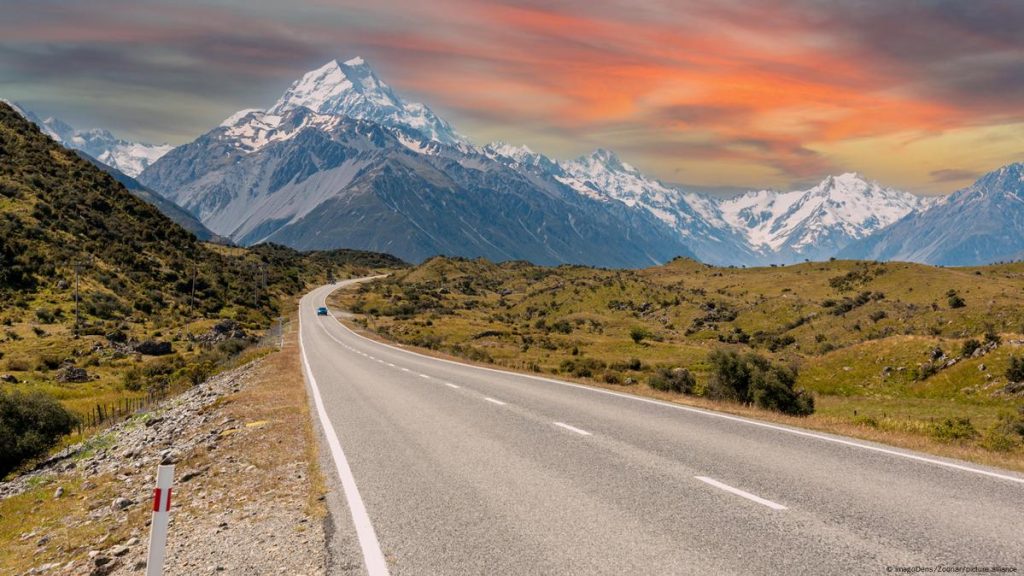New Zealand’s Tourist Tax Surge Raises Concerns About Visitor Impact
3 min read

New Zealand is set to significantly raise its entry tax for international tourists, a decision that has sparked concerns about its potential impact on visitor numbers. Starting October 1, the International Visitor Conservation and Tourism Levy (IVL) will increase from NZ$35 (£16.52) to NZ$100 (£47.20). This nearly threefold hike aims to bolster economic growth and ensure that tourists contribute more towards public services and high-quality experiences during their stay.
The New Zealand government has framed this increase as a necessary step to support the country’s tourism infrastructure, which has faced pressures from the influx of visitors. Tourism Minister Matt Doocey defended the hike, arguing that NZ$100 represents less than 3% of the average tourist’s expenditure in New Zealand. He emphasized that, despite the increase, New Zealand remains competitive compared to other popular destinations like Australia and the UK. Doocey expressed confidence that the country will continue to attract tourists globally.
However, Tourism Industry Aotearoa, New Zealand’s independent tourism body, has raised concerns that the increased levy could discourage potential visitors. Rebecca Ingram, the association’s chief executive, warned that the higher fee could make New Zealand “incredibly expensive to visit,” particularly given the country’s already remote location in the South Pacific, which contributes to higher airfares. The association fears that this could further hinder New Zealand’s recovery in the competitive global tourism market.
New Zealand first implemented the IVL in 2019 to address the challenges posed by a large number of visitors on its infrastructure, environment, and communities. The COVID-19 pandemic brought a temporary halt to international tourism, with the country closing its borders for two and a half years. Foreign visitors were only allowed back starting August 2022. Since then, New Zealand has struggled to reach pre-pandemic visitor levels, with just under three million international arrivals in 2023, which is about 75% of the numbers seen before the pandemic.
Ingram argues that the new levy could further dampen New Zealand’s tourism recovery, which is lagging compared to other countries. The concern is that the increased cost might deter tourists from choosing New Zealand as their destination, especially when considering the substantial travel expenses already associated with reaching the country.
The revised tax does not apply to visitors from Australia and the Pacific, who represent a significant portion of New Zealand’s tourist arrivals. However, tourists from other major markets, including the United States, China, and Fiji, will be subject to the increased levy. Additionally, the rise in the IVL will be coupled with increases in separate visa fees for some visitors, effective from October 1.
Tourist taxes are not unique to New Zealand. Many countries around the world impose similar levies, often included in accommodation, visa, or plane ticket costs. For instance, Indonesia, Spain, France, Austria, Croatia, Costa Rica, Iceland, and Italy all have some form of tourist tax. In April, Venice introduced a trial €5 tax for day-trippers during peak periods to manage the effects of over-tourism.
As New Zealand prepares to implement this higher levy, the tourism industry will be watching closely to assess its impact on visitor numbers and the broader tourism sector. While the government views the increase as a means to ensure that tourists contribute fairly to the services and experiences they enjoy, there is growing apprehension that it may place additional strain on the country’s tourism recovery efforts.